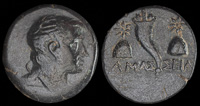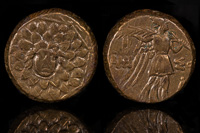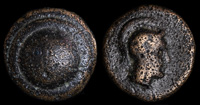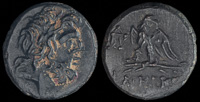Pontos
Amisos captured by the Persians and made part of the satrapy of Cappadocia.
Antigonos Monophthalmos sends his nephew Ptolemy to relieve the siege of Amisos by soldiers under Kassander.
Amaseia and Amisos are incorporated into the Kingdom of Pontus when Mithridates I Ktistes establishes the Pontic Kingdom. Amaseia is chosen as the capital, due to its strategic location in a defensible valley along the Iris River.
Pharnakeia is founded by Pharnakes I of Pontos.
Following the defeat of Mithridates VI by Pompey the Great, Amastris, Amisos, and Amaseia are integrated into the Roman province of Bithynia et Pontus.
Julius Caesar visits the region following his victory over Pharnaces II (son of Mithridates VI) at the Battle of Zela (near modern-day Zile, close to Amaseia). He reportedly utters the famous phrase “Veni, vidi, vici” (“I came, I saw, I conquered”) after his swift victory.
47 BCE
Amisos falls to Pharnakes II after a long resistance. Julius Caesar recognizes this and declares the city’s freedom.
Marc Antony installs the tyrant Strato in Amisos.
The Pontic Kingdom is officially annexed to the Roman Empire. Amaseia is no longer the capital because it is reorganized into the province of Galatia.
Pharnakeia reverts to its original name, Kerasos.
Arrian, a Roman governor, visits the Pontic region, including Amaseia, and documents information about Pontus in his work, “Periplus of the Euxine Sea.”



